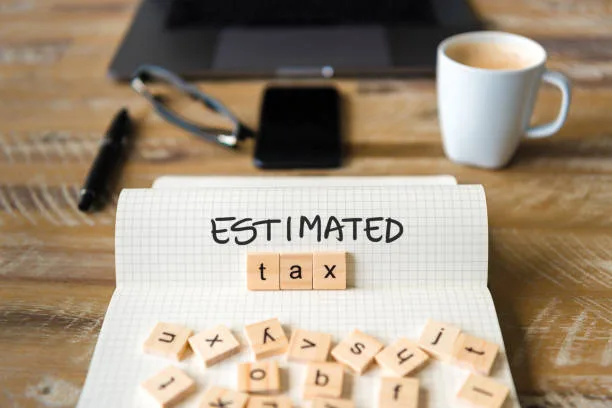Estimated tax payments can be a crucial aspect of financial planning for many taxpayers, especially those who are self-employed, earn income from investments, or have other non-wage income sources. Understanding how estimated taxes work can help you avoid penalties and stay on top of your financial obligations.
What Are Estimated Tax Payments?
Estimated tax payments are periodic payments made to the IRS and, in some cases, states, to cover income that isn’t subject to withholding. This can include:
- Self-employment income
- Interest and dividends
- Rental income
- Capital gains
- Unemployment compensation
Who Needs to Pay Estimated Taxes?
Not everyone needs to worry about estimated tax payments. You’re required to make them if both of the following apply:
- You expect to owe at least $1,000 in taxes after subtracting any withholding and refundable credits.
- Your withholding and refundable credits will be less than:
- 90% of your current year’s tax liability, or
- 100% of your previous year’s tax liability
When Are Estimated Taxes Due?
The IRS requires estimated tax payments to be made quarterly. The typical deadlines are:
- April 15 (for income earned January 1 to March 31)
- June 15 (for income earned April 1 to May 31)
- September 15 (for income earned June 1 to August 31)
- January 15 of the following year (for income earned September 1 to December 31)
If the due date falls on a weekend or holiday, the deadline shifts to the next business day.
How to Calculate Estimated Tax Payments
To calculate your estimated tax payments:
- Estimate Your Income: Add up all expected income sources for the year.
- Determine Deductions and Credits: Subtract allowable deductions and factor in any tax credits you’re eligible for.
- Calculate Your Tax Liability: Use the IRS tax tables or a tax calculator to estimate your total tax liability.
- Subtract Withholding: If you’re employed part-time or have other sources of income subject to withholding, subtract these amounts.
- Divide by Four: Divide the remaining amount by four to determine your quarterly payment.
How to Make Estimated Tax Payments
You can make estimated tax payments through:
- Online: Use the IRS Direct Pay or EFTPS systems for secure electronic payments.
- Mail: Send a check or money order with Form 1040-ES.
- Mobile App: Use the IRS2Go app for easy payment options.
Many state tax agencies also offer online portals for state-level estimated tax payments.
What Happens If You Don’t Pay Enough?
Failing to make adequate estimated tax payments can result in penalties. The IRS typically imposes penalties for underpayment if you didn’t pay enough throughout the year or payments were late, even if the total amount owed was correct.
To avoid penalties, ensure you’ve paid either 90% of the current year’s tax liability, or 100% of the previous year’s tax liability.
Tips for Managing Estimated Taxes
- Keep Accurate Records: Track your income and expenses carefully to estimate payments accurately.
- Hire a Tax Professional: At RT Accounting Services, we can calculate estimated taxes for you.
- Adjust Withholding: If you have wage income, consider increasing withholding to cover your tax liability.
- Set Aside Funds: Save a portion of your income regularly to ensure you have enough to cover payments.
Conclusion
Estimated tax payments don’t have to be overwhelming. By understanding the requirements and staying organized, you can manage your tax obligations effectively and avoid surprises at tax time. If you’re unsure about your tax situation, please reach out to RT Accounting Services for personalized advice.


